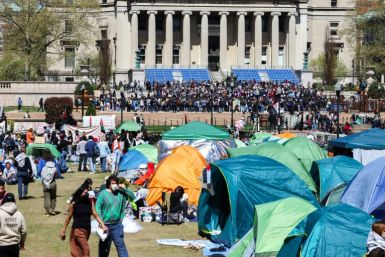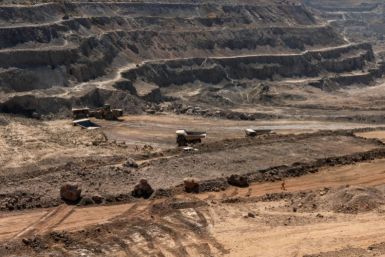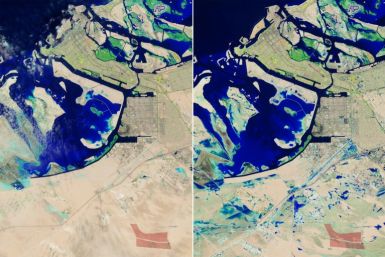Ku-ring-gai in Sydney’s upper north shore is Australia's most advantaged, census reveals

New census data released on Tuesday shows that Sydney's upper north shore is Australia's most advantaged. The Ku-ring-gai local government area has secured the number one spot in the Socio-Economic Indexes for Areas by the Australian Bureau of Statistics.
Ku-ring-gai is followed by harbourside Mosman, Woollahra and Cottesloe in Perth. The most disadvantaged local government areas (LGAs), on the other hand, is Cherbourg, approximately 250 kilometres north-west of Brisbane. West Daly, which is over 300 kilometres south-west of Darwin, is next on the list.
The 10 most advantaged (LGAs) were all found in Sydney's northern or eastern suburbs or coastal Perth. Meanwhile, the top 10 most disadvantaged areas were in either the Northern Territory or remote or regional Queensland.
Fairfield council is among the 10 most disadvantaged LGAs in NSW. Among the most disadvantaged regions in Victoria are Greater Dandenong and Brimbank in Melbourne.
The places were ranked based on relative socio-economic advantage and disadvantage, with the data combining figures on education, income, employment housing and other variables. The ABS data also shows that nationwide, people of Aboriginal and/or Torres Strait Islander origin are more likely to live in the most disadvantaged areas.
Just 5.4 percent of Aboriginal and/or Torres Strait Islander people reside in areas of high relative advantage. This is comparable with 22 percent of non-indigenous people.
Of the states and territories, the ACT is home to the richest clusters of households. Meanwhile, over 20 percent of people born in South Africa, Malaysia and China live in the most well-heeled areas. Less than 10 percent reside in the worst off, according to ABS data. Some 40 percent of Vietnamese-born residents are found in disadvantaged areas, with only 11 percent living in places of greatest advantage.
Brendan Coates, a fellow at Grattan Institute, said that people in major cities such as in Sydney generally have higher incomes and higher levels of advantage compared to regional and rural areas. "Thirty years ago, the types of suburbs [lower income earners] could afford to buy or rent weren't considered great places to live but tended to be close to the city, now those places have become gentrified," Domain reports Coates as saying.
Governments can determine areas in most need of improved services and additional funding through the socio-economic indexes. The indexes can also help the government examine the relationship between affluence and health and education outcomes. For businesses, they can use the data to identify opportunities.






